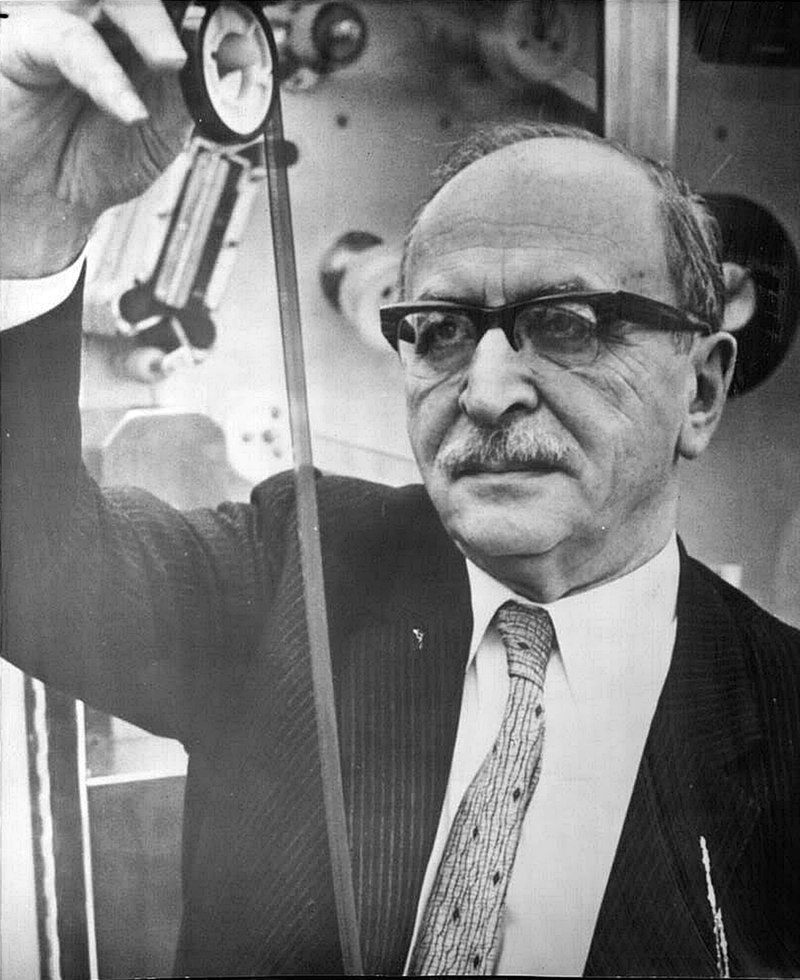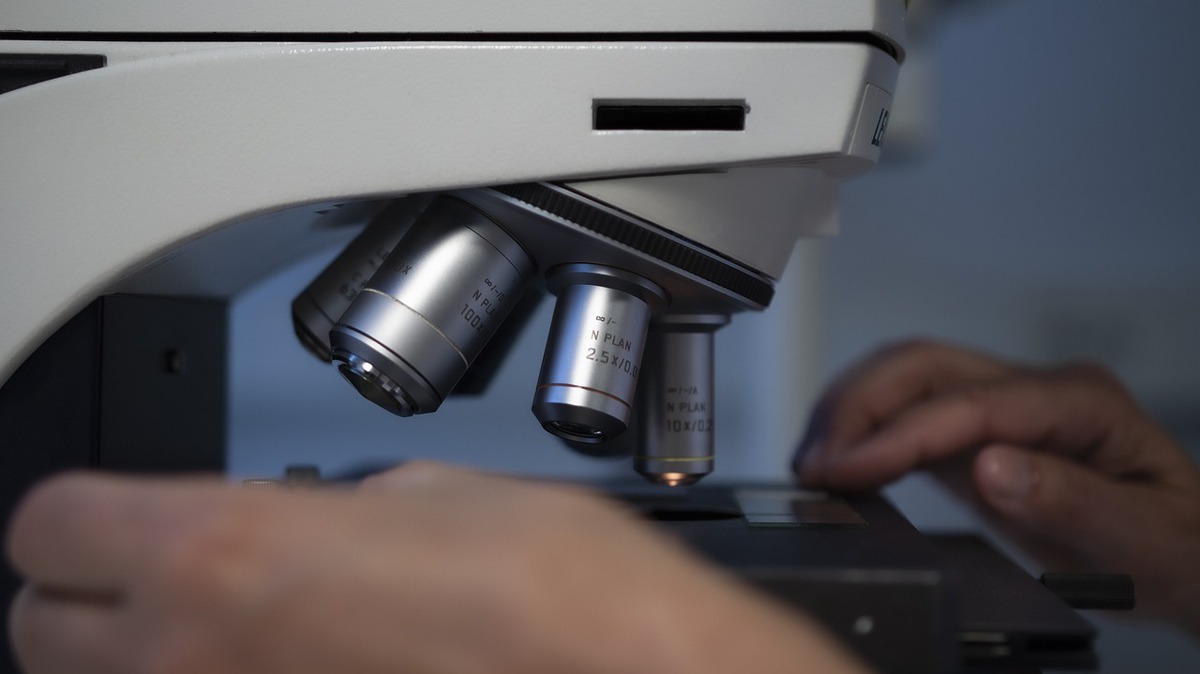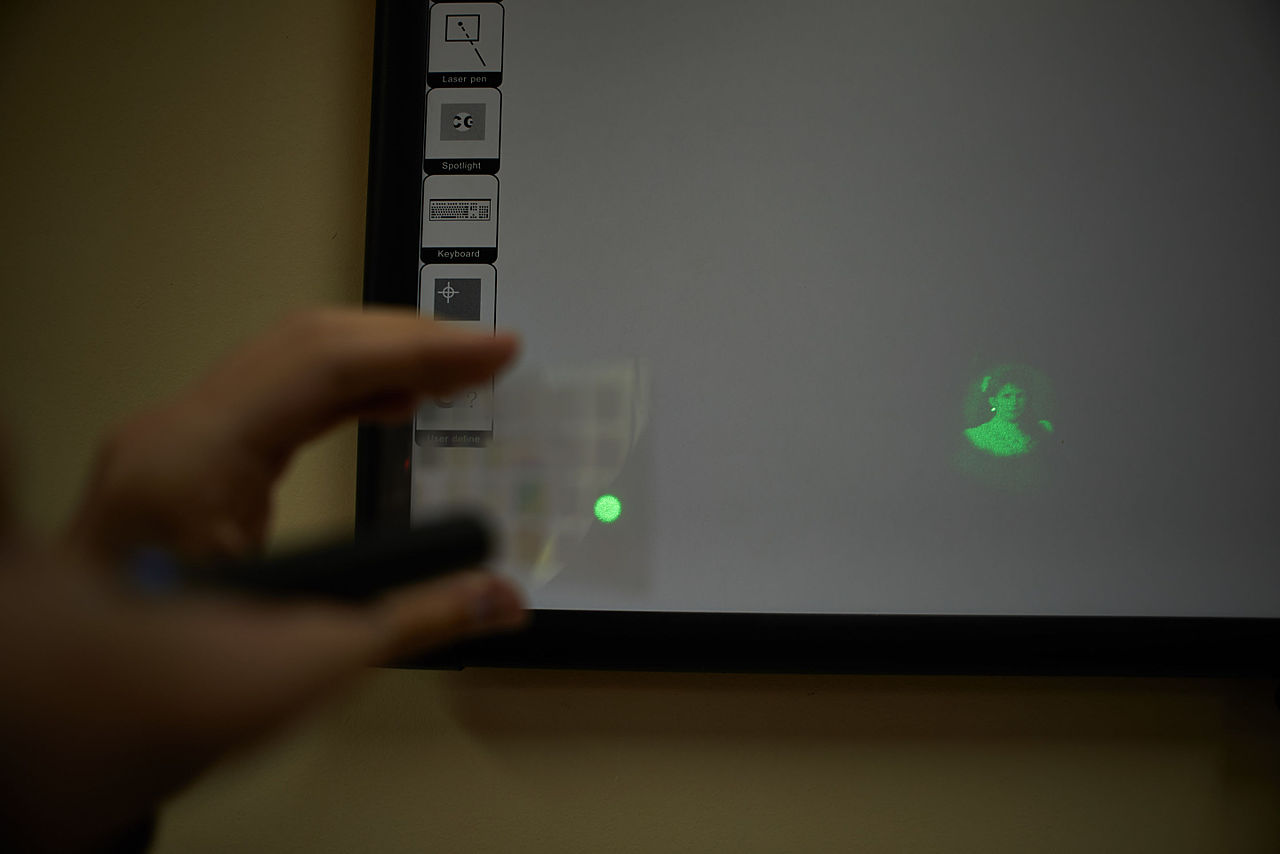Dénes Gábor was born in Budapest on 5 June 1900 as the first child of Bertalan Gábor, the director of a mining company and his wife, Adél Jakobovits. His interest in sciences came out soon in his childhood when he was continuously reading the basic scientific works of the age and built a little home laboratory to make modern experiments in such fields as wireless X-rays and radioactivity.
 As there was just a limited number of academic chairs in physics, Dénes Gábor chose engineering as the main field of his university studies. He began studying at the Faculty of Mechanical Engineering of the Royal Technical Joseph University in 1918 (today the Budapest University of Technology and Economics), then he went on to the Technische Hochschule Charlottenburg (today known as the Technical University of Berlin), where he acquired his degree in electrical engineering in 1924. During his university years in Berlin, he had the opportunity to visit the lectures of the most famous German physics of the age, such as Albert Einstein and Walther Hermann Nernst. He also made good friends with other great Hungarian scientists as Leó Szilárd, the physicist and inventor who conceived the nuclear chain reaction, or John von Neumann, the outstanding mathematician and key figure in the development of the digital computer. Gábor received his Ph.D.at the Technical University of Berlin about high-speed cathode-ray oscillographs in 1927.
As there was just a limited number of academic chairs in physics, Dénes Gábor chose engineering as the main field of his university studies. He began studying at the Faculty of Mechanical Engineering of the Royal Technical Joseph University in 1918 (today the Budapest University of Technology and Economics), then he went on to the Technische Hochschule Charlottenburg (today known as the Technical University of Berlin), where he acquired his degree in electrical engineering in 1924. During his university years in Berlin, he had the opportunity to visit the lectures of the most famous German physics of the age, such as Albert Einstein and Walther Hermann Nernst. He also made good friends with other great Hungarian scientists as Leó Szilárd, the physicist and inventor who conceived the nuclear chain reaction, or John von Neumann, the outstanding mathematician and key figure in the development of the digital computer. Gábor received his Ph.D.at the Technical University of Berlin about high-speed cathode-ray oscillographs in 1927.
After his successful studies, Gábor worked in the research laboratory of Siemens and Halske and at the Siemens-Reiniger-Veifa in 1932-1933, where he made his first successful inventions, just like the unique high-pressure quartz mercury lamp used in millions of street lamps up until today. He left Germany before World War II, and after a short period spent in Hungary, he eventually settled down in England. Gábor went on with his researches at the British Thomson-Houston Company in Rugby until 1948, then he moved to the Imperial College London, where he later became the professor of Applied Physics until his retirement in 1967.

Dénes Gábor’s research focused mainly on electron optics, but he was interested in human hearing and telecommunication as well. Using his expertise in physics, mathematics, and engineering, he had more than 100 inventions over the years including a universal analog computer, a flat color television tube, or a new type of thermionic converter. Besides all of his outstanding works, his most significant discovery was related to holography, for which he received the Nobel Prize in Physics in 1971. While working on improving the resolution of an electron microscope, Gábor discovered a pioneering method how to record the phase and the amplitude information of a light beam shining on an object, by which he reconstructed a three-dimensional image giving more information about an object than any other methods before. Gábor called the discovery holography from the Greek word “holo” meaning “whole”, and “gramma” meaning “message”. However, holography became widely used after the invention of the laser in 1960, these discoveries laid the foundations of the later 3D image recording used in several fields such as engineering, medicine, or arts.

During his passionate scientific work over the years, Dénes Gábor made exceptional, fundamental inventions connecting various scientific areas, which made him one of the greatest scientists of his time. He was honored with numerous scientific awards, such as the Rumford Medal of the Royal Society in 1968 or the Medal of Honor of the Institute of Electrical and Electronics Engineers in 1970. In 1964, he became the Honorary Member of the Hungarian Academy of Sciences and in 1973 the Foreign Associate of the National Academy of Sciences (USA). His legacy is preserved in more parts of the world: his personal objects and awards have been exhibited at the Imperial College in London, while in Hungary there are several education institutions (such as Dennis Gabor College) or outstanding innovation awards (Dennis Gabor award) which also retain his memory. In 2012, Dénes Gábor was chosen to be a member of the National Inventors Hall of Fame (USA) as well.
In Hungary, you can study both Electrical Engineering and Physics at several universities such as the Budapest University of Technology and Economics, the University of Pécs, and the University of Debrecen. Check out our Study Finder to know more about the programmes and your research possibilities.
If you want to read more about Hungarian Nobel prize winners, check out our articles about György Békésy, Imre Kertész, and Albert Szent-Györgyi.
Links and sources: